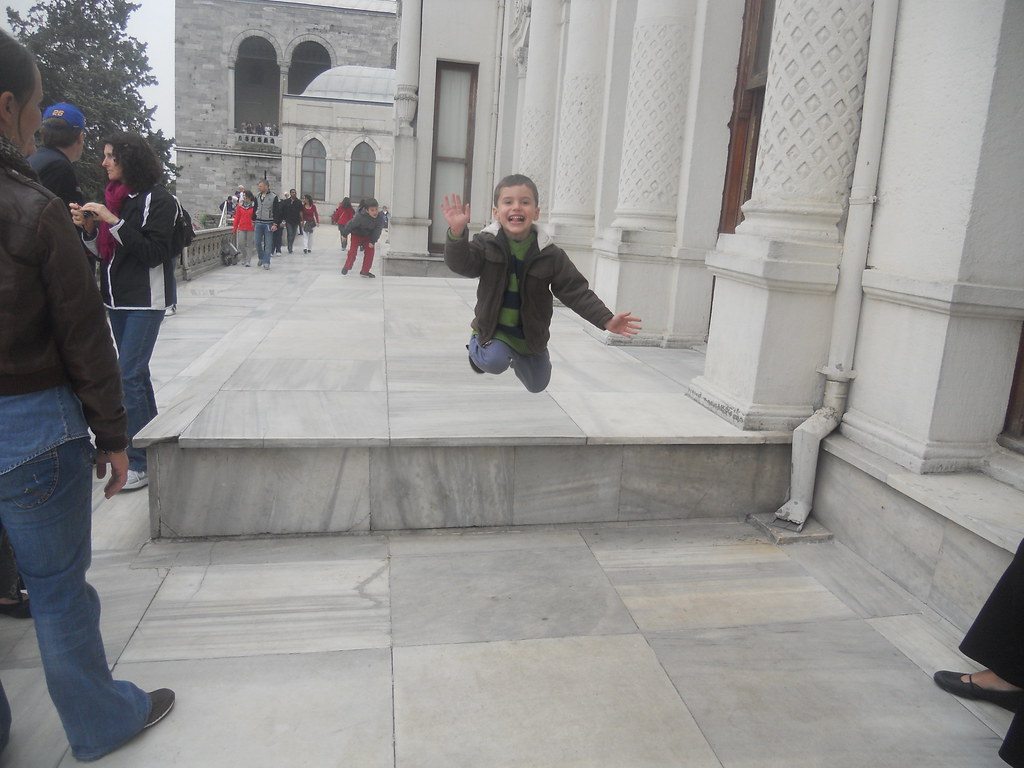Finished reading Cloud Atlas, gave it 5 starts.
Here's a quick review:
I am not going to explain this book. It's enough, I think, to say I loved it, and that it's
strange, and that it's a bit of a mistery.
Imagining a universe in which all the contents of the book could be real at the same time in a way that would allow all the pieces to be written as they are and yet, be, somehow, not the novel they are, but a found artifact, is both depressing and ellusive.
At the end, I felt something I can only describe as retrospective hope, the feeling that things
were supposed to end up better, but that even as terribly as they did end, were it not by that
earlier hope, they would have been more grim.
The control the author has over his own style is impressive. This book feels written by half a dozen completely different writers.
Some quotes (which may only make sense once you read the book):
"The sun was deaf'nin' so high up, yay, it roared an' time streamed from it."
"In the first set, each solo is interrupted by its successor: in the second, each interruption is recontinued, in order. Revolutionary or gimmicky? Shan't know until it's finished, and by then it'll be too late"
"What wouldn't I give now for a never-changing map of the ever-constant ineffable? To posess, as it were, an atlas of clouds."

